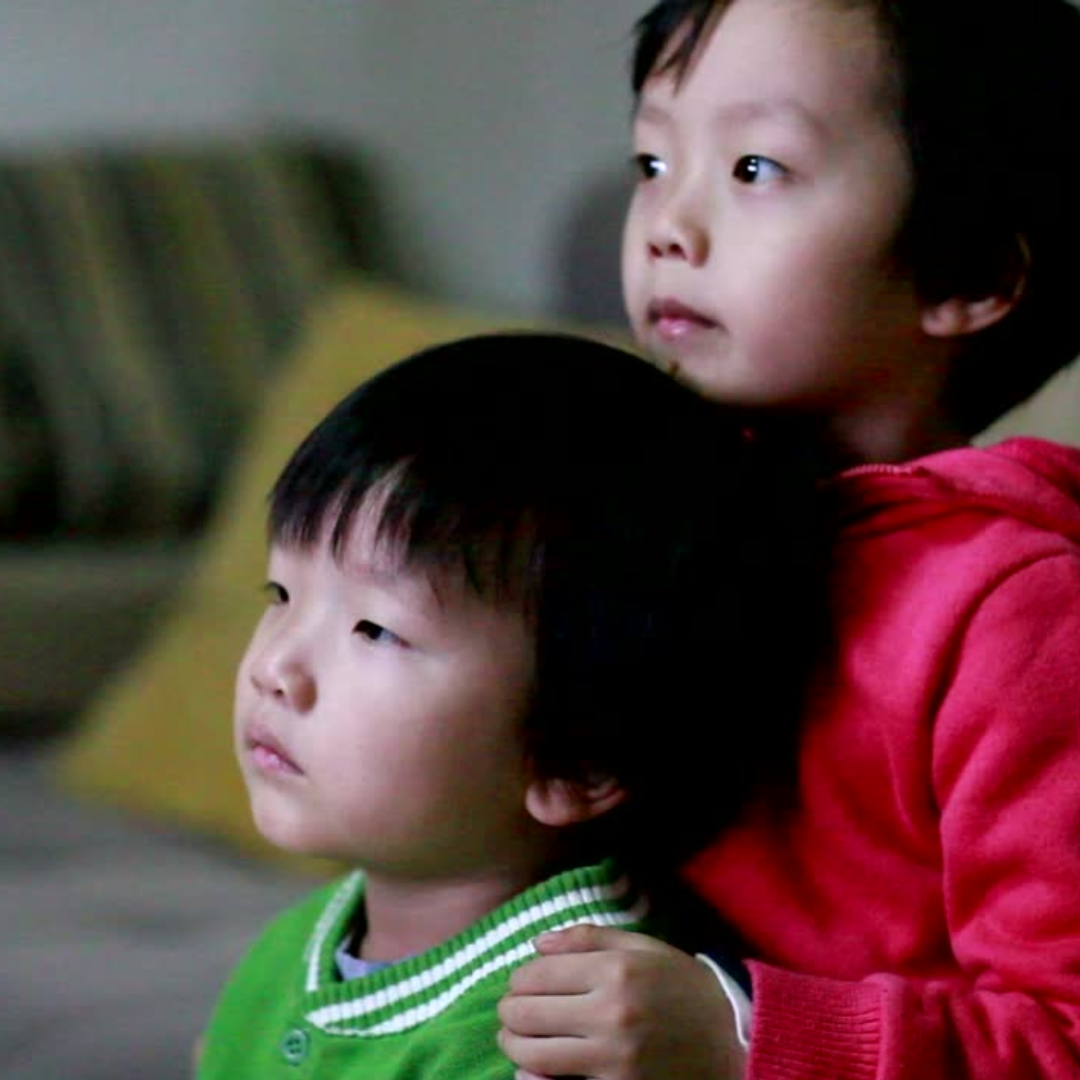Revisiting Screen Time and Online Safety With Your Kids

Revisiting Screen Time and Online Safety With Your Kids
Tech Safety Company, BARK, says they’re escalating 23% more complaints of online predation to law enforcement since the COVID-19 quarantine began. You would never allow a stranger in your child’s bedroom, yet by allowing a device in his/her bedroom, this is happening.
Screen time is likely up significantly in your home since the COVID-19 pandemic began. Stay-at-home orders, a shift to working from home, and remote learning certainly had everyone in your house spending more time than ever on their devices. Now that school is out and the pandemic lingers, it is likely that your kids are still spending much more time on their screen than you would like. Until quarantine breaks and we can return to more normal life that includes seeing actual people and interacting with them in real life, it may be a good idea to revisit your family’s rules on screen time and revisit online safety with your kids.
Be Intentional, and Realistic, About Screen Time
The internet has become an important part of everyday life in the modern world. Your kids have likely grown up with technology; almost everyone has a smartphone, iPad, laptop, or other digital device to access the internet. We communicate with each other via text, share our photos via social media, and post-COVID 19, we work and learn online at home. Screens are everywhere. How many screens are in use in your house?
It is important to establish reasonable guidelines around the use of technology in your home that aligns with your family’s values and the usage needs of each person in your house. Create accountability for yourself and your kids by creating a “Screen Time Use Contract”. Your contract can include expectations for use, number of hours a device can be used, appropriate times of days they can use their device, and consequences if they are irresponsible or do not follow the guidelines you agree upon. Involve your child in creating these rules and be sure to explain the reasons behind each decision. For example, putting your phones down for dinner or scheduled family time emphasized the importance of being present in the moment.
Establishing fair, reasonable expectations around screen use together can help you avoid headaches in the future.
Safety First
The health and safety of your child is every parent’s top priority. We teach our children to look both ways when crossing the street, to avoid strangers at the park, and to generally be aware of their surrounding when they are out and about. Many of these parental instincts were probably inherited by how your parents raised you. What discussions did you have with your daughter or son when you gave them their first computer, tablet or smartphone? Probably not much more than “don’t drop it”. You may have enabled parental controls if you were aware of them, but after that how often do you discuss online safety with your child?
Those parental controls are a good place to start. Apple, Google, and Microsoft all offer built-in parental controls that can put age limits and restrictions on content, monitor usage, and limit access to data and Wi-Fi. While those things can offer piece of mind, they cannot protect your child from everything they may encounter online and should not replace regular conversations with your children about online safety.
Engaging in regular, ongoing communication with your child about online safety and the types of media they are exposed to is critically important. Maintain open communication and let them know they can come to you if they see something they know they shouldn’t have, make a mistake online, post something they regret, or accidentally download something. These conversations can lead to better outcomes. Keep in mind, it is more than likely your child will eventually be exposed to something they did not intend to see or will make an online mistake. Be OK with it and have those important conversations with them in the moment. Don’t wait for a mistake, however. Ask your child who they are talking to online, what games they are playing, and what apps they are downloading.
The Dark Side of Internet
Unfortunately, the internet is not all fun Pinterest recipes, compelling blogs, and funny cat pictures. Your children could be exposed to bullying, pornography, peer pressure, online predators, disturbing images, or scary news. It is important to talk to your child about all of these possibilities.
Ask your child questions, like “what would you do if someone you don’t know contacts you online?” or “what is a classmate says something mean or intimidating to you online?” Similar to teaching them to be cautious about strangers in the real world or to address physical bullying, this gives you insight to how your child might respond. Help them feel comfortable in discussing the scenarios with you and develop a plan to respond to them. While only 9% of kids get unwanted sexual solicitation online and only 4% of predators try to make offline contact, but it’s still important to help children understand the reasons for privacy settings, screen limits and precautions are for their safety.
Your child may also be pressured to do something online they may not be comfortable. Like downloading an app intended for older children, engage in online communities you may not approve of, or share pictures, comments, or other data without considering the consequences of doing so. Tell your child they can always use you as an out or excuse as to why they can’t communicate or engage in unsafe behaviors online. “My mom would kill me if I sent you that picture and she checks my phone,” or “My phone won’t allow me to do that, my parents monitor my online activity, so we both would get into trouble.” It’s better to be the “lame” mom or dad rather than your child suffer a lifetime of embarrassment over an inappropriate comment, post, or photo.
Don’t forget to consider what media and news your child is exposed to online. Just like what they see on television, their online feeds may be filled with distressing news about the ongoing COVID-19 pandemic and racial unrest in the United States. These are big issues that you should be having conversations with them about anyway. Don’t let them get their information and make their own conclusions about major news events based just upon what they read online.
Take the Phone Out of their Bedroom
While it may be appropriate for your child to have their computer in their room to do homework, or even have their phone to listen to music or chat with their friends, you should consider establishing a time to turn the screens off and charge them somewhere other than their rooms. This is essential for sleep as well as safety. You would never allow a stranger in your child’s bedroom, yet by allowing a device in his/her bedroom, this is happening. Adolescents typically do not get enough sleep, and devices are impacting this in a negative way. Not getting adequate sleep for children has been associated with poor outcomes with attention, health and decision making.
Parenting in the digital age creates unique challenges for today’s parents that previous generations of caregivers never had to address. Screen time, online bullying, and easy access to inappropriate content are daily challenges your family faces. Be intentional with your approach to screen time, focus on your child’s safety and well-being, establish fair guidelines for use, and maintain open communication with your child to ensure their online safety.





